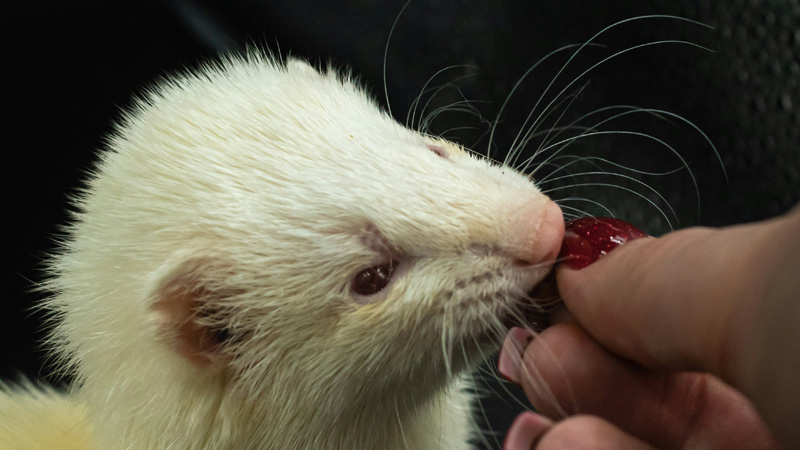Food chain cycle in the grasslands Biology Diagrams
Food chain cycle in the grasslands Biology Diagrams Understanding the Ferret's Ecosystem: A Deep Dive. The ferret's ecosystem is primarily defined by the temperate grasslands, specifically the North American Great Plains, where these fascinating creatures once thrived.It's an environment characterized by open, grassy landscapes dominated by prairie grasses and a network of burrows. These burrows, often initially dug by prairie dogs, are a
In a grassland food chain, the grass is the producer. It produces food using the sun's energy. The primary consumers follow the producers. Insects like grasshoppers are primary grasslands consumers as they depend on the green plant for their food (herbivores). Occasionally, primary consumers are omnivores as well, such as aardvarks.

The Environmental Literacy Council Biology Diagrams
This ferret is carnivorous, and its main delicacy, which accounts for 90% of its diet, is the prairie dogs. Their throats, muzzle, and foreheads are white. The black-footed ferrets can be found inhabiting the grassland prairies. How do Ferrets Hunt? thus preventing their overpopulation in the food chain. It is vital to note that Ferret and foxes are both carnivores 5. Apply: Now complete the Prairie Ecosystem food chain. Arrows point toward the animal that is eating. For example, would mean that the mouse is eaten the hawk. grass Prairie dog ferret foxes Reproduction for educational use only.

The Black-footed ferret population fell drastically in the earlier half of the 20th century, mainly due to habitat loss. Currently, habitat loss and introduced diseases are key threats to this species. The ferrets are entirely dependent on prairie colonies for shelter, food, and raising young.

PDF GRADE 7 LESSON #1 The Prairie Grassland Ecosystem Biology Diagrams
The black-footed ferret, scientifically known as Mustela nigripes, is a fascinating and endangered animal inhabiting the North American continent. Food Chain Dynamics: Black-footed ferrets are an essential link in the grassland food chain. They serve as prey for larger predators like raptors and coyotes. By sustaining populations of black
